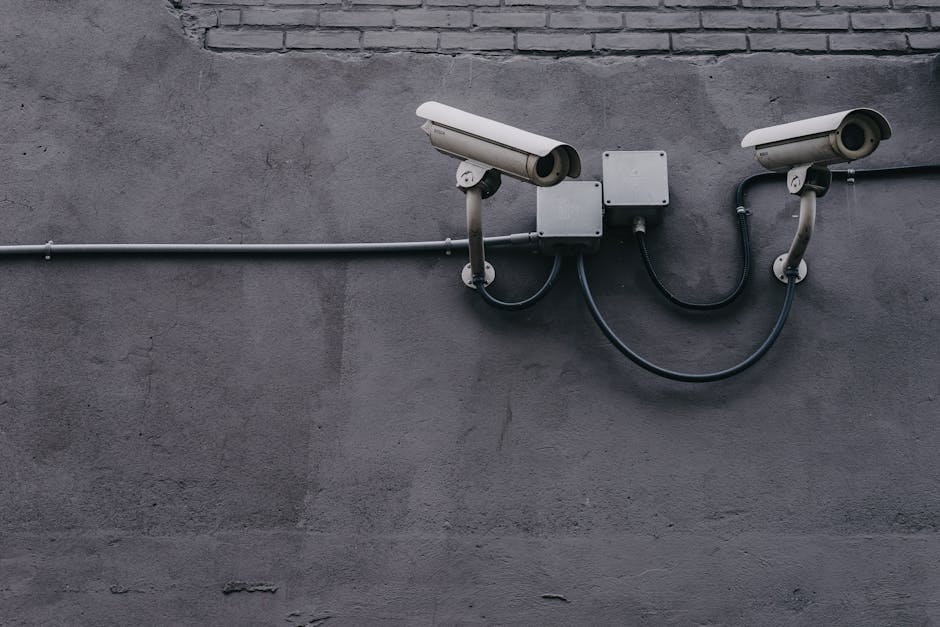Historical overview of maritime security
Throughout history, maritime security has been essential for protecting ships and seafarers. In ancient times, pirates and sea raiders posed threats to maritime trade. To combat these dangers, early civilizations developed simple defense mechanisms like armed guards and watchtowers along coastlines. As sailing technology advanced, so did maritime security methods, leading to the creation of naval forces dedicated to safeguarding sea routes. Today, modern technologies such as radar systems, satellite monitoring, and unmanned drones play a vital role in ensuring maritime safety and combating piracy.
Challenges in modern maritime security
Modern maritime security faces numerous challenges due to the vast expanses of the ocean and the sophisticated tactics employed by criminals. Some key challenges include:
- Technological Advancements: Criminals are leveraging advanced technology to evade security measures, such as using drones for smuggling operations.
- Cyber Threats: With the increasing digitization of maritime systems, the industry is vulnerable to cyber-attacks that can disrupt operations and compromise sensitive data.
- Illegal Fishing: Overfishing and illegal fishing practices not only deplete marine resources but also pose a threat to maritime security by attracting criminal gangs.
- Piracy: Despite efforts to combat piracy, it remains a significant challenge in certain regions, endangering the lives of seafarers and disrupting trade routes.
Addressing these challenges requires a holistic approach that combines technological innovation, international cooperation, and effective enforcement strategies.
Role of technology in enhancing maritime security
Technology plays a crucial role in enhancing maritime security by enabling real-time monitoring of vessels, detecting potential threats, and improving response times. Some key ways technology is shaping maritime security include:
-
Satellite technology allows for continuous tracking of ships, enhancing situational awareness and enabling quick response to emergencies.
-
Unmanned aerial vehicles provide aerial surveillance, helping to detect suspicious activities or unregistered vessels in maritime areas.
-
Radar systems help to monitor ship movements, identify unauthorized entries into restricted zones, and prevent potential security breaches.
-
Remote sensing technologies, such as sonar and LiDAR, aid in underwater surveillance to detect underwater threats or obstacles.
-
Communication systems facilitate seamless coordination and communication among maritime security personnel, enhancing response efficiency in case of emergencies.
-
Cybersecurity measures are essential to protect maritime networks and systems from cyber threats, ensuring the overall security of maritime operations.
Impact of surveillance technology on maritime operations
Surveillance technology has drastically improved maritime operations. It allows for better monitoring of ships, cargo, and ports, enhancing overall safety and security on the seas. With advanced surveillance tools like drones, satellites, and sensors, authorities can detect and respond to threats more efficiently. This technology helps in preventing illegal activities such as piracy, smuggling, and unauthorized entries.
Implementations of biometric security in maritime settings
Biometric security systems are becoming more common in maritime settings to enhance safety measures. Port authorities and shipping companies are increasingly using technologies like fingerprint scanners, facial recognition, and iris scans to control access to ships and facilities, ensuring only authorized personnel can enter. These biometric solutions are efficient in verifying identities, reducing the risk of unauthorized access, and improving overall security in maritime environments.
Drone technology and its influence on maritime security
Drone technology plays a vital role in enhancing maritime security. Drones can patrol vast areas of water, providing real-time surveillance, and detecting any potential threats. They can cover areas that are difficult for traditional security measures to reach, improving overall monitoring and response capabilities. Drones in maritime security can help in:
-
Monitoring maritime traffic
-
Conducting search and rescue operations
-
Detecting illegal activities such as smuggling or piracy
By utilizing drones, maritime authorities can respond swiftly to emergencies and enhance their efficiency in safeguarding maritime activities.
Cybersecurity threats in the maritime industry
Cybersecurity threats in the maritime industry are a growing concern. As technology advances, so do the methods of cyber attacks on ships and ports. Here are some key points to note about cybersecurity threats in the maritime industry:
-
Ships are increasingly dependent on digital systems, making them vulnerable to cyber attacks.
-
Hackers may target navigation systems, communication networks, and even cargo information.
-
A breach in cybersecurity can lead to financial losses, disruptions in supply chains, and even endanger the safety of crew members.
Emerging trends in maritime security technology
New technologies are transforming maritime security. Drones are increasingly used for surveillance, helping to monitor vast ocean areas efficiently. AI-powered systems enhance threat detection capabilities, identifying potential risks in real-time. Blockchain technology ensures secure data transfer, safeguarding sensitive information. Remote-controlled vessels and advanced communication systems are revolutionizing response times in emergency situations. By embracing these innovations, the future of maritime security appears more robust and effective.
Integration of AI and machine learning in maritime security
AI and machine learning are transforming maritime security by enhancing threat detection and response capabilities. With AI algorithms, ships can analyze vast amounts of data in real-time, identifying anomalies and potential risks swiftly. Machine learning enables systems to adapt and improve over time, learning from past incidents to enhance future security measures. This integration is revolutionizing the way security is handled at sea, making it more efficient and proactive in ensuring the safety of maritime operations.
Future prospects for technology in maritime security
Technology continues to play a vital role in shaping the future of maritime security. Innovations like drones, AI-powered surveillance systems, and blockchain technology are revolutionizing the way we protect our waters. These advancements offer the potential to enhance monitoring capabilities, streamline operational processes, and improve response times in critical situations. Embracing these technological solutions can undoubtedly strengthen maritime security and safeguard our oceans for generations to come.







